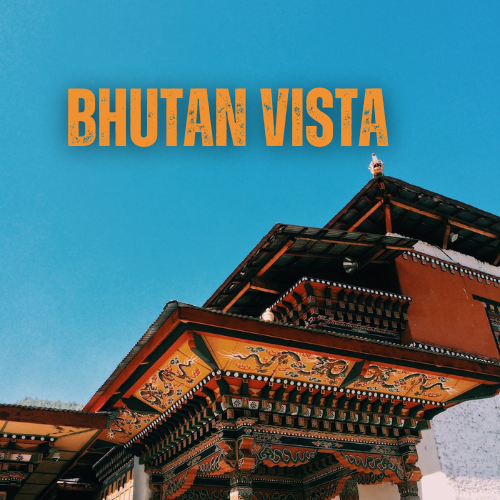Sustainable Tourism in Asia : Bhutan
The Balinese resisted assimilation because they long ago figured out how to combine cultural and commercial tourism to suit self-sustaining. They utilise the profits for preservation in both religion, environment & culture- Hindu worshippers maintain their temples & traditional dancers perform onstage. There’s nothing irrelevant performative culture if it is a life-saving preservative, which really shows a way for survival for dying cultures.

Bhutan has figured out how to profit from foreigners without selling out.
It has learned from mistakes of Nepal, which lets in backpackers who spend limited funds on camping trips that takes a toll on the region — leaving behind little more than litter on the beaten path.
If future travel is to achieve greater sustainability, we need more reforms. That means a symbiosis which benefits its visitors as well as venues. It doesn’t need more of the same, more massive than before, more homogenizing than heretofore.
Kingdom choose a system, deliberately rationing the number of tourists allowed. Kingdom incurs a minimum price per day, per person, collected through kingdom. Tourists always look towards cost, so, rate are stoppers/ barriers, especially for bargain hunters. It actually puts down number of immigration and it maximizes inflow.
